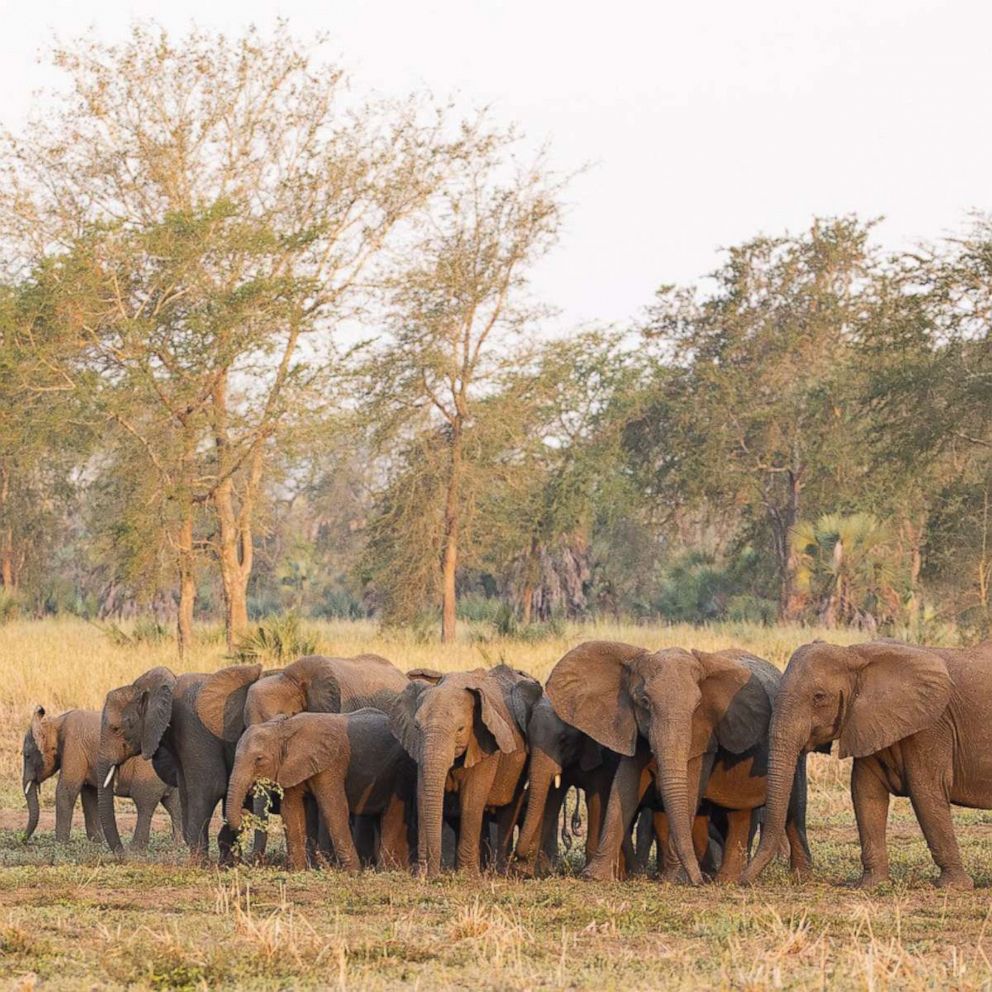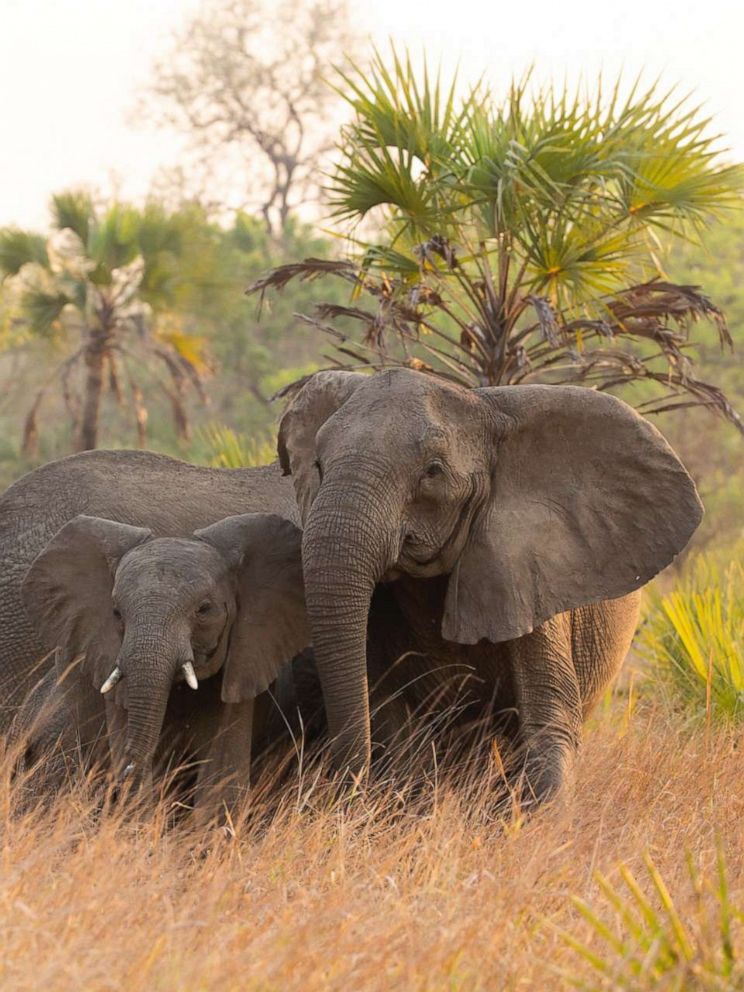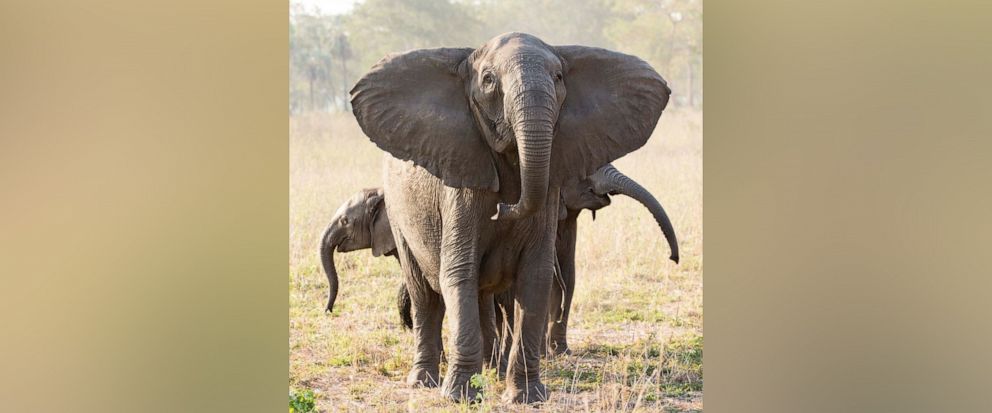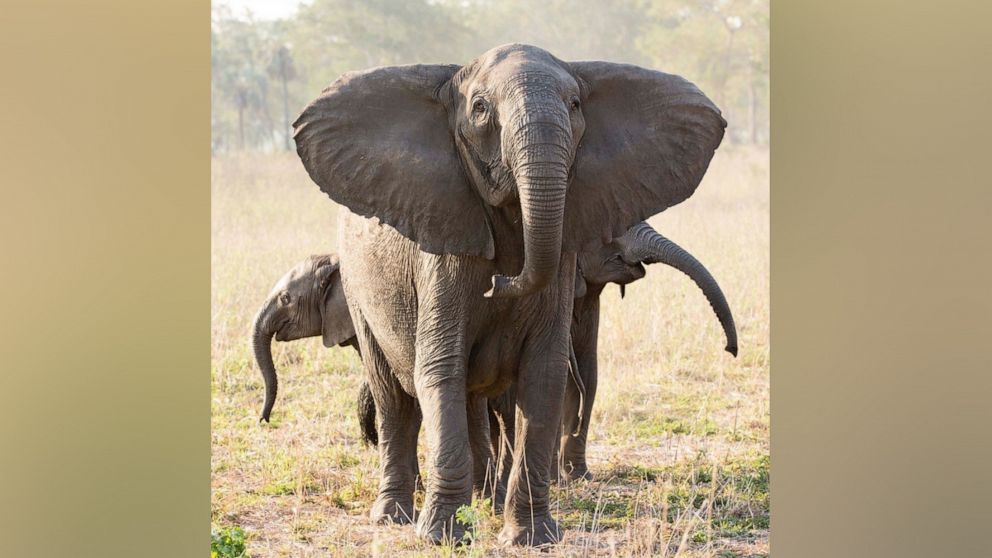'Rapid evolution' of tuskless elephants caused by ivory trade, scientists say
Ivory poaching has led to a "rapid evolution" of tuskless African elephants, as elephants without tusks were far more likely to survive during the height of the ivory trade, according to new research.
Much of the distress on the species occurred during the Mozambican Civil War from 1977 to 1992, when the ivory poaching in the region was at its most intense, according to a new study published Thursday in Science. During the conflict, armed forces on both sides relied heavily on the ivory trade to finance the war efforts, according to the researchers.
The elephant population in the region declined more than 90% due to the war, and the mass hunting of the mammals for their tusks resulted in a phenotype of the species that had a better chance of survival -- specifically, female elephants.
During the conflict, a tuskless female would have five times the chances of survival than a female with a tusk, Shane Campbell-Staton, an evolutionary biologist at Princeton University, told ABC News.
"So it actually seems to be a very strong selection over a very short period of time," he said.

The explanation for the trait evolving in female elephants and not males has to do with the genetics of tooth development, according to the study. Specifically, an X chromosome male-lethal syndrome that diminishes the growth of lateral incisors,
Campbell-Staton began hearing about the rise of "tusklessness" elephants years ago when he was in graduate school, but the research to find an explanation for the phenomenon had not yet occurred, he said.
"In regions where there's intensive poaching, there seem to be more animals without tusks," he said. "But we had no idea what was going on, why it happened ... the degree with which it happened."
The scientists investigated the impacts of ivory hunting on the evolution of African elephants in Gorongosa National Park in Mozambique, during and after the civil war.

The findings shed new light on just how powerful an effect human exploitation can have on wildlife populations, the researchers said.
"The selective killing of species – whether for food, safety, or profit – has only become more common and intense as human populations and technology have grown," the authors wrote. "So much so, it's suggested that wildlife exploitation by humans has become a powerful selective driver in the evolution of targeted species."
However, if the ivory trade were to continue to decline and elephant populations were to rebound, there is a chance that the evolution of tuskless elephants could be reversed, Campbell-Staton said, adding that researchers already see this to be the case.

In Gorongosa National Park, which he described as a "success story" due to the climbing population, the children of female elephants that survived the war are inheriting the trait, but only by about 50%, Campbell-Staton said.
While the notion that rapid evolution is not new, the findings were surprising to Campbell-Staton due to the long life spans of African elephants, which can live up to 70 years, and the long gestation periods, which are typically about two years.




